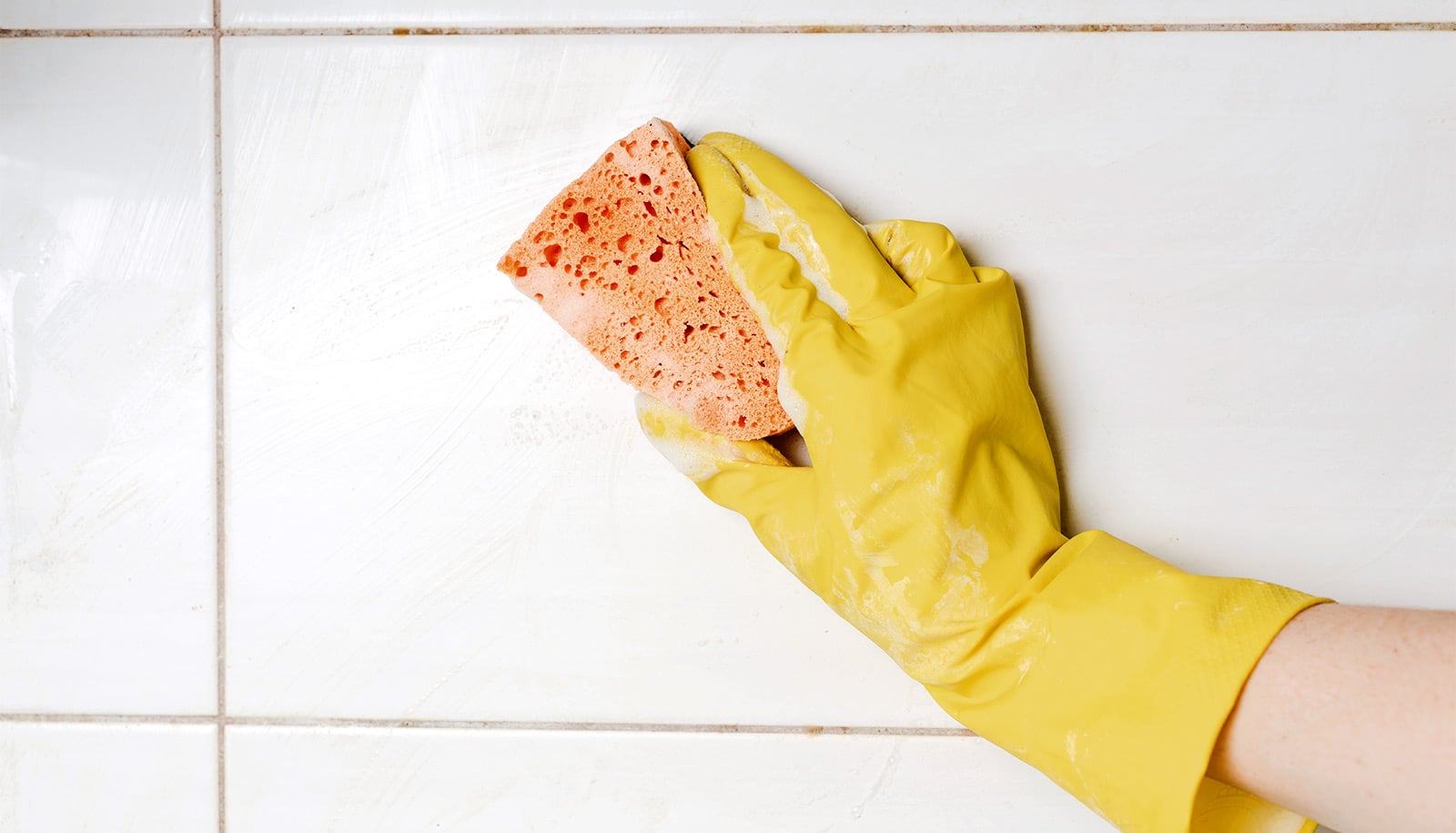The differences between living in city apartments and in jungle huts that are open to nature may profoundly affect our health, according to the new study.
In their work, researchers found city homes to be rife with industrial chemicals, cleaning agents, and fungi that love warm, dark surfaces, while jungle huts had fresher air, more sunlight, and natural materials with which humans evolved.
Urbanization is associated with a reduction in infectious diseases, but also with a worldwide increase in obesity, asthma, allergies, autism, and other disorders, as well as a massive loss of diversity in the human microbiome, the beneficial germs living on and in our bodies.
The researchers compared microscopic materials in homes and people’s bodies, spanning the spectrum of urbanization in the Amazon basin. The locations included a remote Peruvian jungle village of thatched huts with no walls; a Peruvian rural town with wooden houses without indoor plumbing; a Peruvian city of 400,000 residents and more modern amenities; and the metropolis of Manaus, Brazil, which has a population of two million.
“Urbanization represents a profound shift in human behavior. Modern living literally walls us off from the natural environment and shuts us in with industrial compounds, higher carbon dioxide levels, and skin-loving fungi,” says senior author Maria Gloria Dominguez-Bello, a professor in the biochemistry and microbiology department and the anthropology department at Rutgers University–New Brunswick. “This study sheds light on how human-created environments affect our health and how we can think about improving them.”
The researchers found that the diversity of chemicals clinging to indoor surfaces increases dramatically with urbanization. Molecules derived from medications and cleaning agents were part of the interior environment of homes in the metropolis and city but not in the rural or jungle homes.
Although the urban dwellers reported cleaning more frequently, surfaces in their homes had a greater diversity of fungal species associated with human skin. This may be because the fungi have become resistant to cleaning products, the study says. It may also reflect the urban homes’ warmer temperatures, reduced air exchange, lower levels of natural light, and higher loads of human skin flakes.
Samples from people in the different environments also showed a greater diversity of foot fungus on the urban dwellers. Also, in the rural and jungle homes, the researchers found a greater variety of bacteria and fungi that live outside, and fewer species known for colonizing the human body.
“We are just now starting to quantify the effect of cutting ourselves off from the natural environment with which we as humans co-evolved and of replacing it with a synthetic environment,” says co-corresponding author Rob Knight, a professor and director of the Center for Microbiome Innovation at the University of California, San Diego.
“What’s next is to identify the specific differences associated with urbanization that have a health impact and to design interventions to reverse them. Those could be anything from knowing how many minutes a week should be spent outdoors in natural environments to air fresheners that are good for the microbiome.”
Dominguez-Bello says exposure to outdoor germs and natural materials may benefit the human microbiome. Her prior research found that people in urbanized societies have lost a substantial part of their microbiota diversity compared with hunter-gatherers in isolated Amazonian villages.
The study appears in Nature Microbiology.
Additional coauthors are from Rutgers; the University of Oklahoma; the University of California, San Diego; Ghent University; the University of Puerto Rico; Federal University of Amazonas; the University of Texas at Austin; Concordia University-Portland; New York University Langone Medical Center; and Federal University of ABC.
Source: Rutgers University



